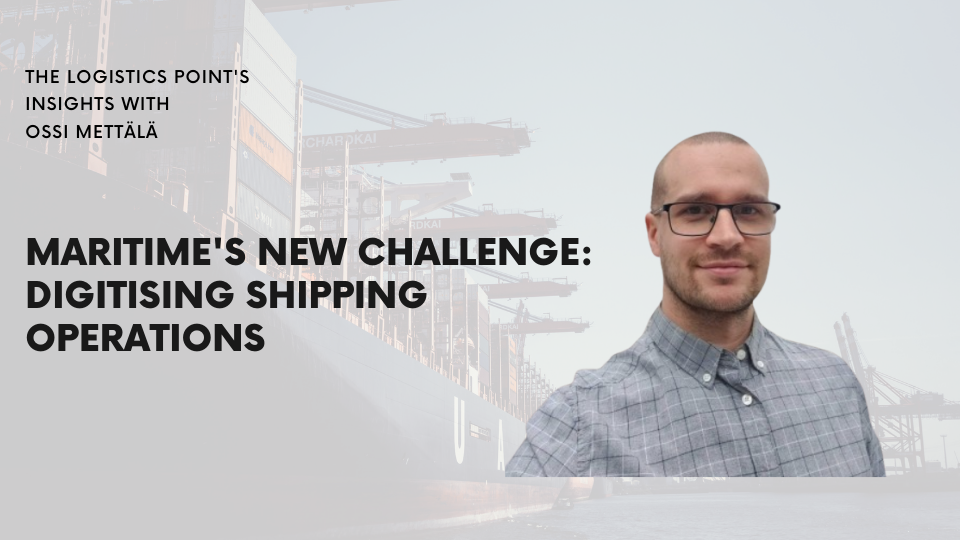The maritime industry has always been considered more traditional in comparison with the rest of the supply chain. In recent years, however, it has also been forced to face the challenges of digitisation. With the new International Maritime Organisation’s (IMO) regulations and drive to reach 50% reduced GHG emissions by 2050, the sector is embarking on its toughest voyage yet – which is also a formidable opportunity to improve efficiency and sustainability across the sector. We spoke to Ossi Mettälä, Sales Manager at NAPA Shipping Solutions, about the new EEXI requirements, how maritime can reduce its carbon footprint and more.

According to new research by NAPA, the new EEXI power restrictions being imposed by IMO would have a limited effect in curbing the carbon footprint. Our conversation with Mettälä tries to understand why the international organisation is focusing on the restrictions and what else can be done in conjunction.
‘There is no silver bullet for controlling emissions,’ says Mettälä after explaining that implementing EEXI will have a limited positive impact. Such tools need to work together with broader change in the industry. Mettälä is optimistic about the capacity of the maritime sector to reach the goals set for 2030 and 2050. However, the sector should not think it will be easy.
A Carbon Intensity Indicator (CII) will tackle emissions on the operational side of things. CII will force each player to record and improve their efficiency. A more holistic approach will be needed. For Mettälä one possible solution can be Dynamic Data. ‘It is important to start combining all data points that we have into one,’ Mettälä explains. Bringing together data about weather conditions with each vessel’s specific characteristics, for example, will give a fuller picture and could enable better decision making.
For Mettälä, there is no time to waste. Although deadlines like 2030 and 2050 look far away, vessels that are being built today will have to comply with the regulations, as they will probably still be in service in the next 20 to 30 years. In addition, understanding what future fuels could emerge will give more options and help organisations to plan in advance.
You can watch the full video interview with Ossi Mettälä, Sales Manager at NAPA Shipping Solutions, and learn more on what digitisation means for the maritime industry now.


